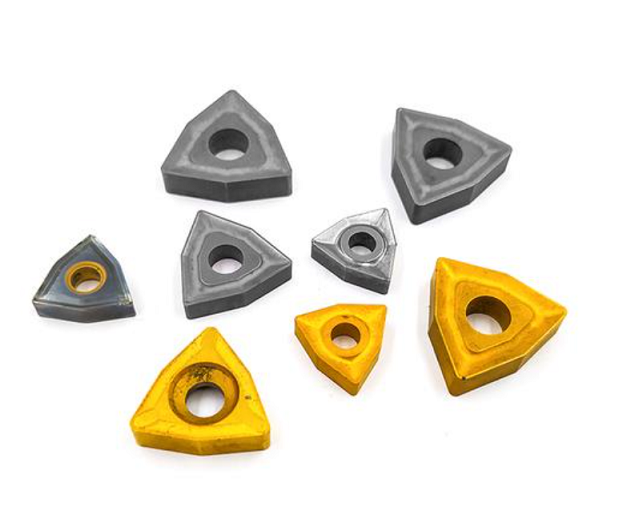Starting in March 2025, several carbide tool brands have raised prices by 5%-10%. This is driven by the dual pressures of a 50% surge in tungsten and cobalt raw material prices and rising labor costs, forcing companies to pass on these costs to survive.
Cutting Tool Price Adjustment
Recently, Zhuzhou Cemented Carbide, a leading domestic cutting tool manufacturer, was the first to announce price increases. Subsequently, many cutting tool brands followed suit, issuing similar price increase notices.
Analysis of Price Increase Reasons
◆ Rising Raw Material Prices
Why have multiple cutting tool brands announced price increases? According to industry insiders, the continued rise in raw material prices has been a key factor in tool price adjustments. In 2017, carbide raw material prices continued to rise, leading to significant cost increases for carbide product manufacturers. However, carbide product price increases were limited throughout the year, leaving manufacturers facing a dilemma: increased revenue but limited profits, or even no profits at all. Faced with the cost pressures brought on by rising raw material prices, carbide manufacturers can no longer bear them alone. Therefore, as the year draws to a close, many companies have been forced to raise product prices. During this surge in raw material prices, tungsten and cobalt saw particularly significant price increases. The price of tungsten carbide powder, the primary raw material for cemented carbide, rose from approximately RMB 180 per kilogram at the beginning of the year to approximately RMB 269 per kilogram by the end of the year, representing an annual increase of over 50%. The prices of tungsten powder and recycled tungsten carbide powder also saw significant increases. Furthermore, the price of cobalt, another key raw material for cemented carbide, nearly doubled in 2017, remaining at around US$29 per pound, a particularly impressive performance.
◆ Rising Operating and Labor Costs
In addition to rising raw material costs, rising operating and labor costs are also significant factors contributing to price increases. In recent years, with the upgrading of the consumer market, demand for high-quality products has continued to rise. High-quality products often come with high costs, making price increases inevitable.
Post time: Aug-06-2025


